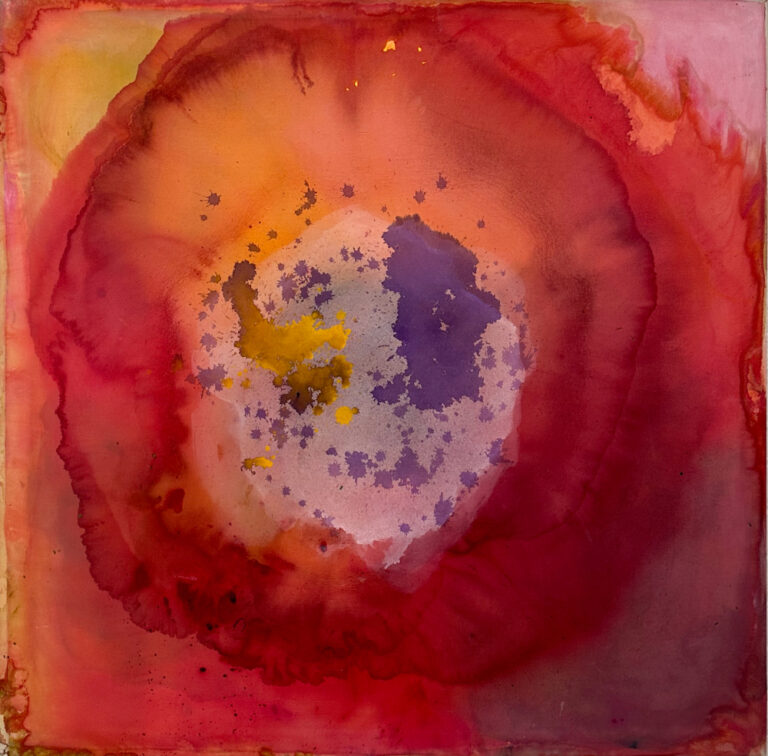Built on the Backs of Women at COL Gallery
May 16 — Jul 6, 2025
The art world, long dominated by men, has often been built on the unacknowledged labor, creativity, and resilience of women. “Built on the Backs of Women,” opening May 16, examines the systemic erasure of women’s contributions while celebrating their enduring impact on art history and culture. Curated by Kelly Cahn, the exhibition focuses on female artists whose groundbreaking ideas and practices were appropriated by male counterparts who gained widespread recognition for innovations that were not theirs to claim.
This exhibition revisits critical moments in art history where male artists capitalized on the creativity of their female contemporaries. Janet Sobel’s pioneering use of paint-dripping techniques—later credited to Jackson Pollock—is one of the narratives explored. Similarly, Vivian Springford’s luminous stain paintings, often overshadowed in the history of Color Field painting, demonstrate the ways in which women artists were sidelined while their male peers gained critical acclaim. The exhibition also highlights Bernice Bing, a queer Chinese-American artist whose contributions to Abstract Expressionism and Bay Area art were largely overlooked during her lifetime, despite her profound influence on West Coast modernism. Lynne Drexler, whose exuberant, color-saturated canvases went largely unrecognized during her lifetime, is also featured as a case study in how institutional bias marginalized women working within the same avant-garde circles as their male peers.
Through these and other examples, “Built on the Backs of Women” critiques the patriarchal structures that have shaped the art world while reclaiming the rightful place of women in art history. By illuminating the resilience and innovation of these artists, the exhibition not only acknowledges past injustices but also asserts the necessity of rewriting art historical narratives to reflect the true breadth of artistic influence.
